HERMANN LUDWIG FERDINAND VON HELMHOLTZ (1821-1894) A Helmholtz-pattern lacquered- and oxidised-brass ophthalmoscope circa 1852, unsigned , the eyepiece frame with removable section for correction lenses, protective felt washer and 10mm aperture, 56° angled frame holding three plane parallel glass plates, with ebony handle, seven of eleven corrective lenses, contained in purple plush and cream-silk lined leatherette case 175 x 83 x 43mm. (6 7/8 x 3¼ x 1 5/8in.) A RARE, EARLY HELMHOLTZ-PATTERN OPHTHALMOSCOPE. One of the greatest minds of the nineteenth century, the German physician and physicist Helmholtz worked in the fields of conservation of energy, sensory physiology, ophthalmic optics, acoustics and aesthetics, and electromagnetism. In 1850, Helmholtz invented the ophthalmoscope and revolutionised ophthalmoscopy; prior to his invention, ophthalmologists could not view the retinas of humans or animals and struggled to explain classes of eye disease, dimness and loss of vision. Luminosity in the eye was thought to be caused by such things as electricity emitted by the retina or by a phenomenon of phosphorescence, until Bénédict Prévost explained that luminosity could only be observed when light entered the eye from an external source. In 1850 Helmholtz prepared an experiment to demonstrate the law of conservation of energy to his pupils. He constructed a crude instrument of cardboard, glue and microscope lenses; he showed that light entering the pupil is reflected back to its source and furthermore that light follows the same path out of the eye as it took entering the pupil. With his simple ophthalmoscope, Helmholtz placed his eye in the path of the rays of light entering and leaving the patient's eye, thus allowing the patient's retina to be seen. In 1851 Helmholtz published his Beschreibung eines Augen-Spiegels in which he detailed his findings on how to view the fundus and demonstrated the instrument at the first meeting of the Society for Scientific Medicine in Königsberg. He identified three essential elements in working an ophthalmoscope: firstly, a source of illumination; secondly, a reflecting surface to direct light towards the eye; thirdly, a means of correcting an out-of-focus image of the fundus -- these three principles still hold firm in direct ophthalmology today. Helmholtz-type ophthalmoscopes were initially manufactured by Rekoss, the university mechanic at Königsberg but demand soon became too high and Julius Hermann Schmidt started to manufacture the model. Helmholtz underplayed his discovery and maintained that he did not need any further knowledge than what he had learned about optics in high school to create the first ophthalmoscope. However, his model spawned a rapid succession of modifications and improvements, so that by 1913 it was reported that some 200 models had been produced.
HERMANN LUDWIG FERDINAND VON HELMHOLTZ (1821-1894) A Helmholtz-pattern lacquered- and oxidised-brass ophthalmoscope circa 1852, unsigned , the eyepiece frame with removable section for correction lenses, protective felt washer and 10mm aperture, 56° angled frame holding three plane parallel glass plates, with ebony handle, seven of eleven corrective lenses, contained in purple plush and cream-silk lined leatherette case 175 x 83 x 43mm. (6 7/8 x 3¼ x 1 5/8in.) A RARE, EARLY HELMHOLTZ-PATTERN OPHTHALMOSCOPE. One of the greatest minds of the nineteenth century, the German physician and physicist Helmholtz worked in the fields of conservation of energy, sensory physiology, ophthalmic optics, acoustics and aesthetics, and electromagnetism. In 1850, Helmholtz invented the ophthalmoscope and revolutionised ophthalmoscopy; prior to his invention, ophthalmologists could not view the retinas of humans or animals and struggled to explain classes of eye disease, dimness and loss of vision. Luminosity in the eye was thought to be caused by such things as electricity emitted by the retina or by a phenomenon of phosphorescence, until Bénédict Prévost explained that luminosity could only be observed when light entered the eye from an external source. In 1850 Helmholtz prepared an experiment to demonstrate the law of conservation of energy to his pupils. He constructed a crude instrument of cardboard, glue and microscope lenses; he showed that light entering the pupil is reflected back to its source and furthermore that light follows the same path out of the eye as it took entering the pupil. With his simple ophthalmoscope, Helmholtz placed his eye in the path of the rays of light entering and leaving the patient's eye, thus allowing the patient's retina to be seen. In 1851 Helmholtz published his Beschreibung eines Augen-Spiegels in which he detailed his findings on how to view the fundus and demonstrated the instrument at the first meeting of the Society for Scientific Medicine in Königsberg. He identified three essential elements in working an ophthalmoscope: firstly, a source of illumination; secondly, a reflecting surface to direct light towards the eye; thirdly, a means of correcting an out-of-focus image of the fundus -- these three principles still hold firm in direct ophthalmology today. Helmholtz-type ophthalmoscopes were initially manufactured by Rekoss, the university mechanic at Königsberg but demand soon became too high and Julius Hermann Schmidt started to manufacture the model. Helmholtz underplayed his discovery and maintained that he did not need any further knowledge than what he had learned about optics in high school to create the first ophthalmoscope. However, his model spawned a rapid succession of modifications and improvements, so that by 1913 it was reported that some 200 models had been produced.




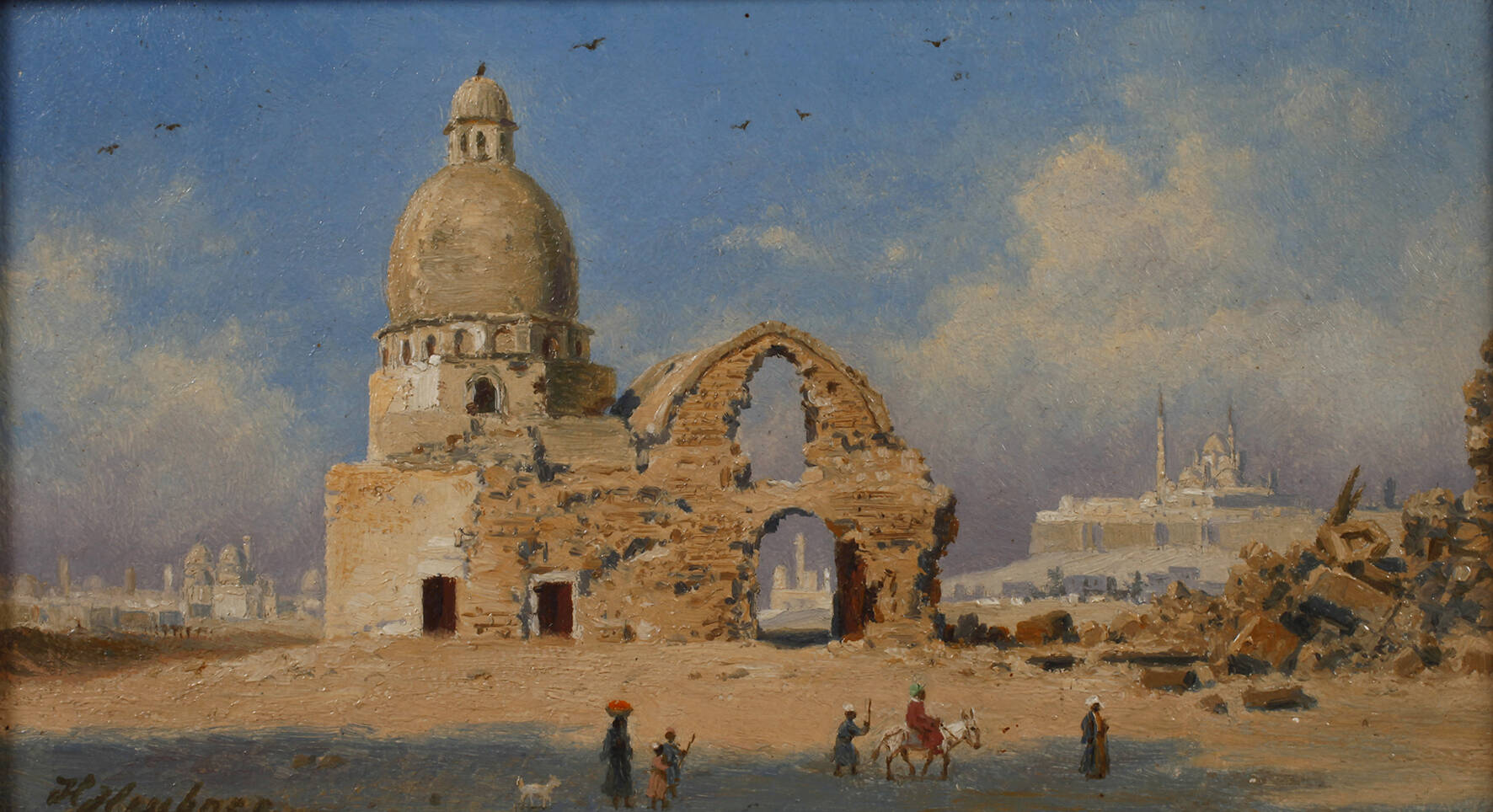
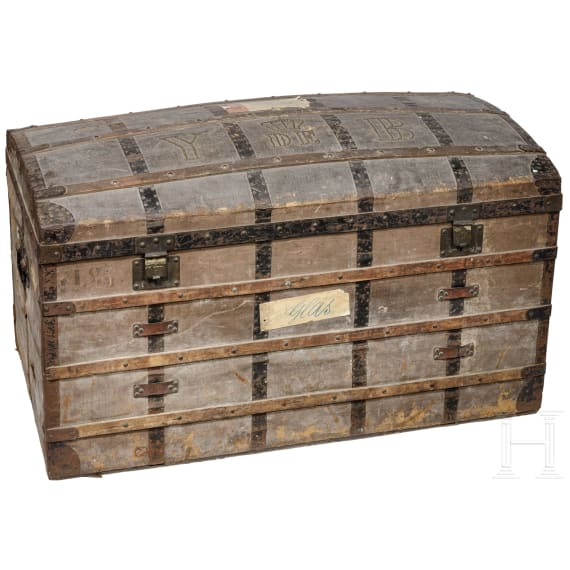





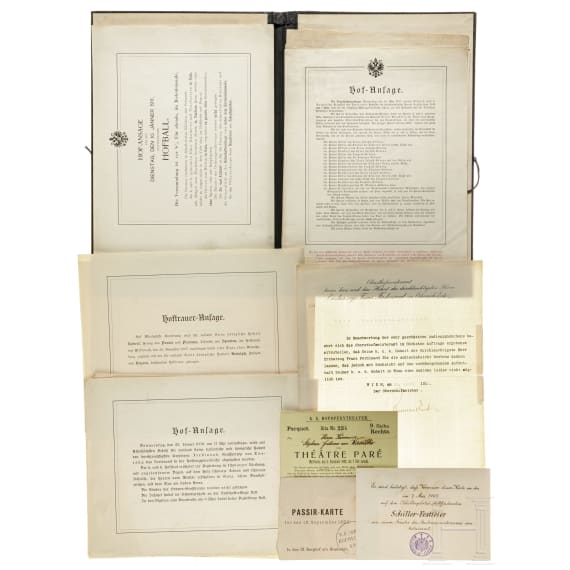
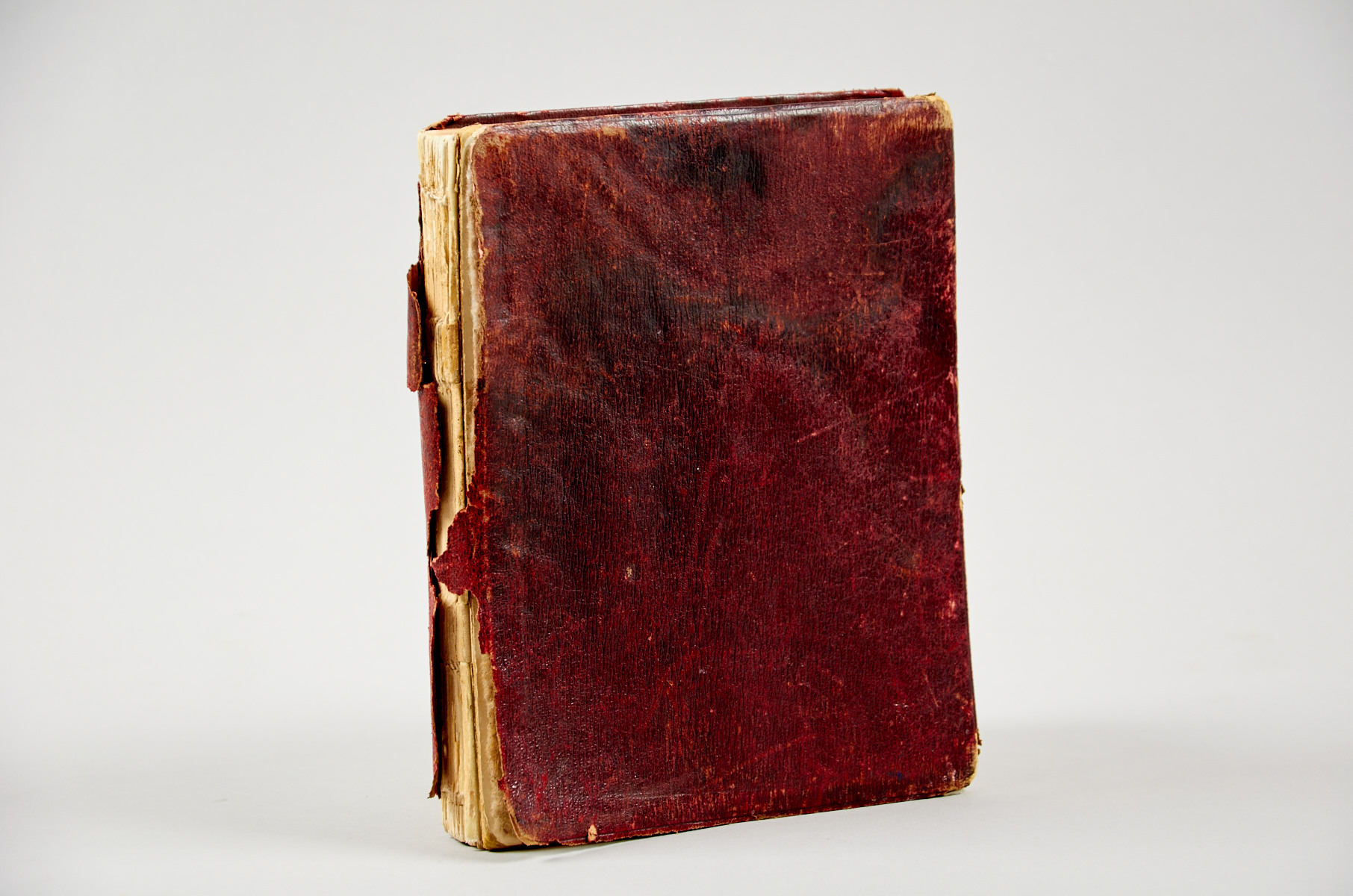
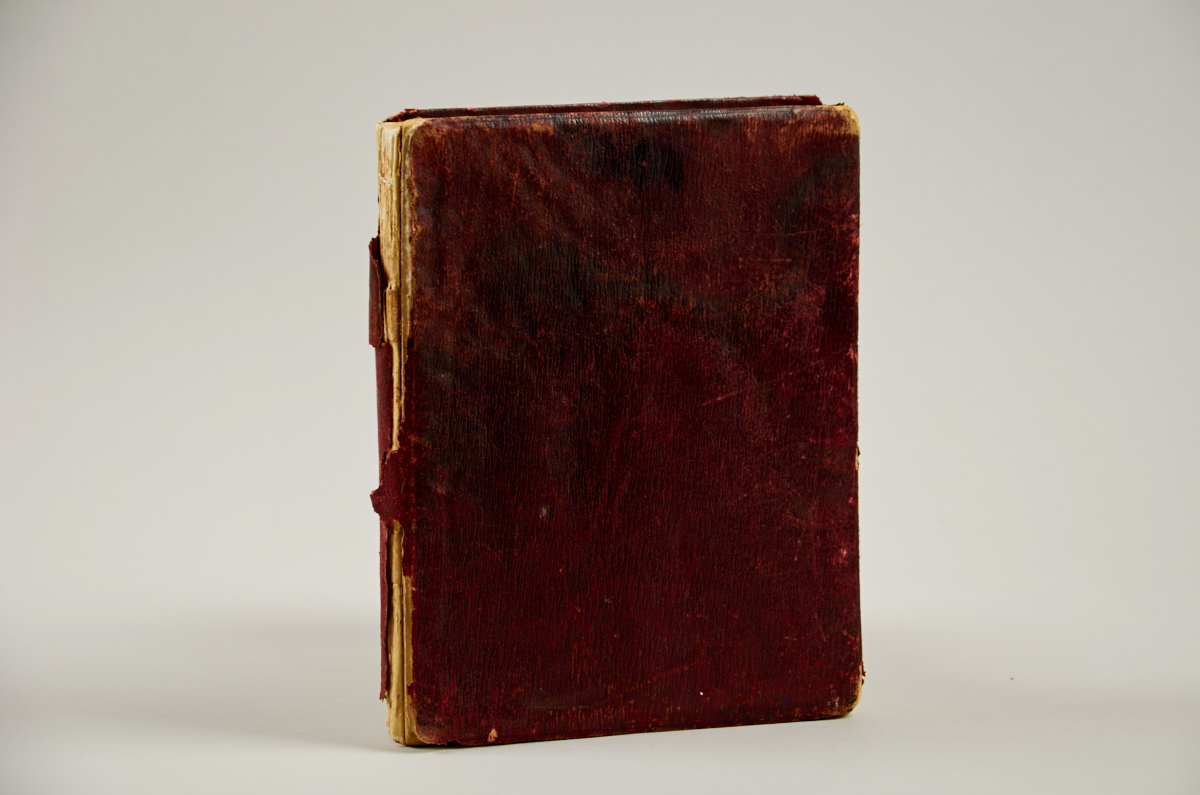

Try LotSearch and its premium features for 7 days - without any costs!
Be notified automatically about new items in upcoming auctions.
Create an alert